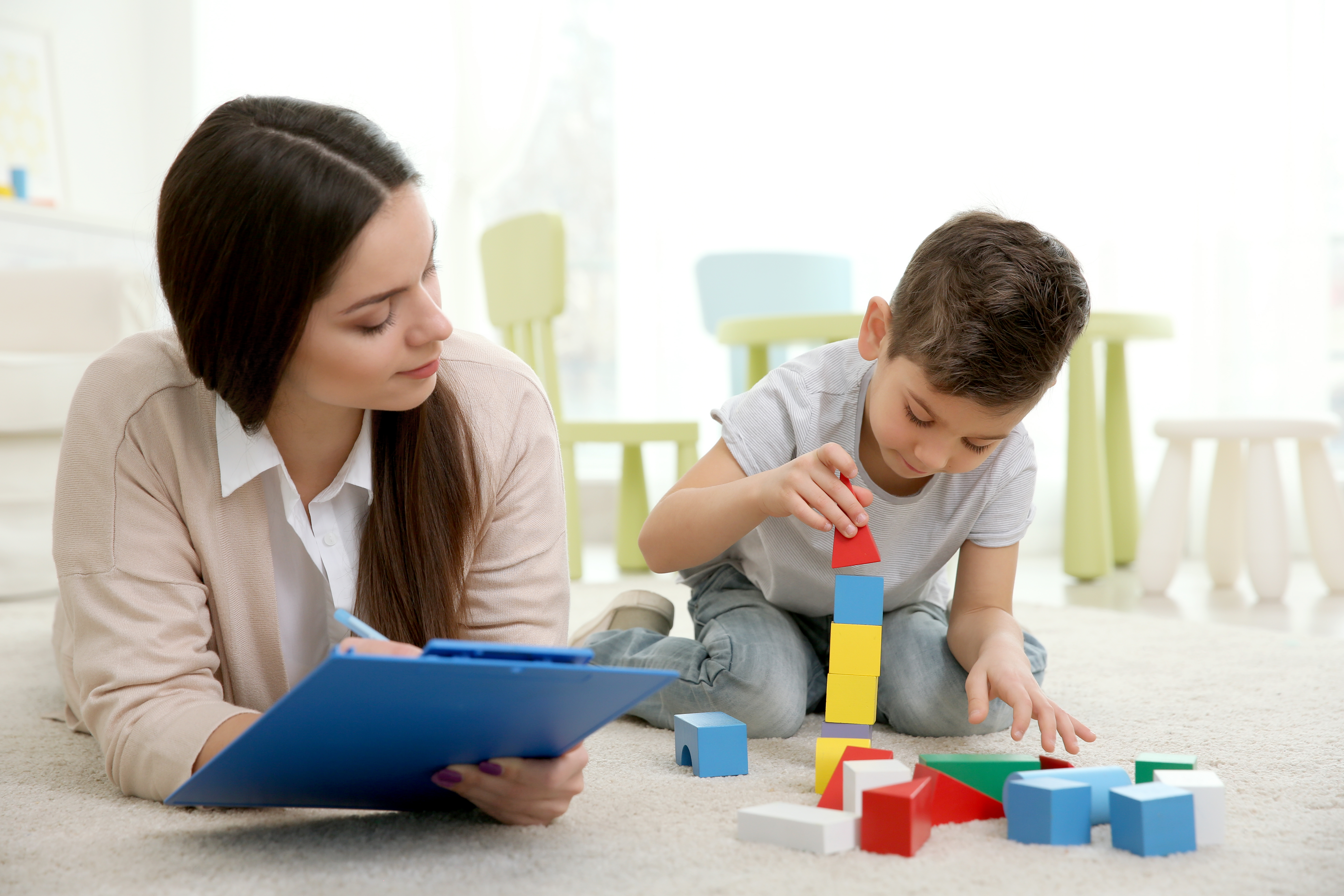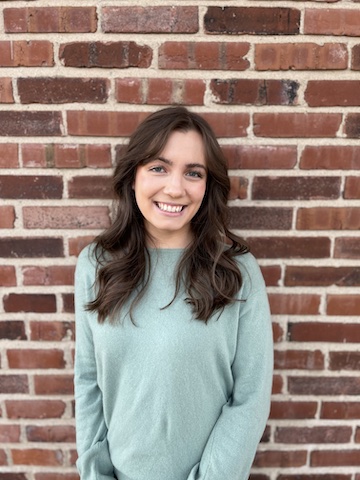
Gestalt Stage 1
August 14, 2023
You asked - we listened! The Gestalt/Natural Language Acquisition (NLA) series has been extended to include detailed descriptions of each stage of NLA.
Let’s quickly review all stages of NLA before diving headfirst into the first one. Our brief overview of the 6 stages looks like this:
Stage 1: Echolalia
• Use of individual gestalts learned from either consumed media or individuals within the community (family members, caregivers, therapists, etc.) • These gestalts are fixed, and their exact production (often including fixed intonational variations) will not change from instance to instance EX: “Let it go!” “Give me more cookies!”
Stage 2: Mitigated gestalts
• This phrase is hallmarked by the combination of gestalts which are already established within the individual communicative repertoire EX: “Let me go,” or “Go give more cookies.”
Stage 3: Single word use
• This phase, which is particularly exciting from a language development standpoint, occurs when the individual begins recognizing words as their own linguistic units as opposed to fixed utterances. This is the first steppingstone toward truly spontaneous and independent communication. EX: “Go,” “More,” etc.
Stages 4, 5 and 6: Emerging syntax and increased sentence complexity
• Hallmarks of these stages include inappropriate syntax use progressing toward complex and appropriate grammar and increased sentence complexity EX: “Let’s give me more cookies,” —> “Go get the toy,” —> “Please give me the toy.”
Gestalt/Natural Language Acquisition (NLA) Stage 1
Stage 1, the focus of today’s piece, is more commonly known as immediate or recalled echolalia. These utterances have fixed wording, and commonly fixed intonational phrasing to mimic the initial speaker from whom the gestalt has been memorized. These utterances can often be dismissed by adults unfamiliar with the communicator in question. This can be due to lack of familiarity with the meaning of the gestalt, the origin, or the communicative intent behind the gestalt use. Knowledge of communicative intent truly only comes from either parent/caregiver reports or extensive interactions and “language detective work” with the client. This is discussed more in depth in the blog post about Assessment/Identification of Gestalt Language Acquisition which can be found on SLP Toolkit’s website. I also highly recommend checking out the Meaningful Speech course (linked below) for additional information on this subject.
When working with an individual who is primarily or entirely communicating using fixed gestalts in stage 1, as SLPs, our only goal is to help the individual obtain more gestalts that are easily mitigatable. Mitigatable gestalts are gestalts that can be easily broken down into isolated word units and combined to form new utterances. Some key words to focus on include “let’s,” “it’s,” “I’m” and “we.”
When modeling these words, it’s important that they’re used in natural and salient opportunities that are catered to each individual client. If you have a client that loves bubbles, you can model utterances such as “Let’s blow more bubbles!” If you have a client who loves trains, you can say “I’m driving the blue train!” Avoiding excessive repetition in favor of naturalistic circumstances yields engagement from your client but also allows for a more natural and seamless transition from stage 1 to stage 2.
Another key element of this transition is to model these target words in a variety of sentences and in a variety of contexts. Some therapists use “sentence scripts” as a way to bolster vocabulary and sentence expansion, but teaching a fixed sentence script doesn’t allow for individual variations. When using these words with clients, it’s important to allow for the natural vocabulary variations that occur in conversational speech which is, of course, our ultimate goal. Target vocabulary is fantastic, but mandated vocabulary use, particularly in a fixed sentence structure, doesn’t foster independent and spontaneous language.
When it comes to fixed gestalts your client is already using, make sure you’re acknowledging each gestalt. All communication is valid, and many children in stage 1 may be used to their gestalts (or attempts at communication) being ignored or invalidated. I find in my own practice that simply repeating the gestalt back to the client, saying “I hear you,” or saying “It sounds like you’re wanting __” to acknowledge a request can be great forms of feedback. It can also cultivate a safe environment for your client to feel like they are truly being heard. Which, after all, is all any of us want anyway.
This is the first of 4 posts that will describe each stage of NLA. We will continue to discuss therapy targets for each stage as well as ways to support individual communicators as they progress through this journey in their own way. Please feel free to leave comments or questions below! We’ll be back with stage 2 in a couple of weeks.
Resources:
Meaningful Speech Course: https://www.meaningfulspeech.com/course
In-Depth Courses about NLA: https://naturalcommunication.myshopify.com/
Additional free resources: free resources: https://communicationdevelopmentcenter.com/
About the Author

Marisa Julius is a speech-language pathologist that has worked in both public and private school settings with a focus in pediatric augmentative and alternative communication therapy. She currently works for a private specialized school setting with children 5-21 with complex communication needs and a variety of disorders including Autism Spectrum Disorder, Down Syndrome, Childhood Apraxia of Speech, Language Delays, Reactive Attachment Disorder, and more. She is a Missouri native and earned two Bachelor’s degrees from Truman State University in Communication Disorders and German Studies. She received her M.A. in Communication Sciences and Disorders from Saint Louis University. She considers herself a lifelong learner, and is thrilled to be writing for SLP Toolkit, if only for an additional excuse to read more. In her free time, you can find her cooking, reading, hiking, or showing everyone unsolicited pictures of her dog.



